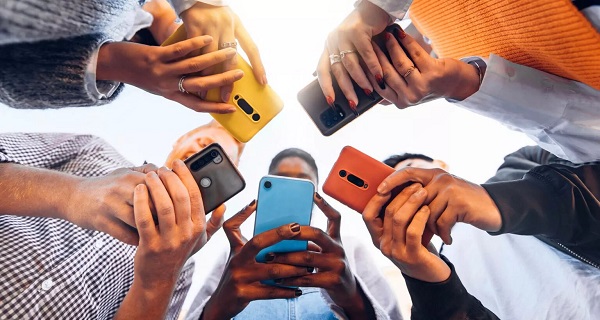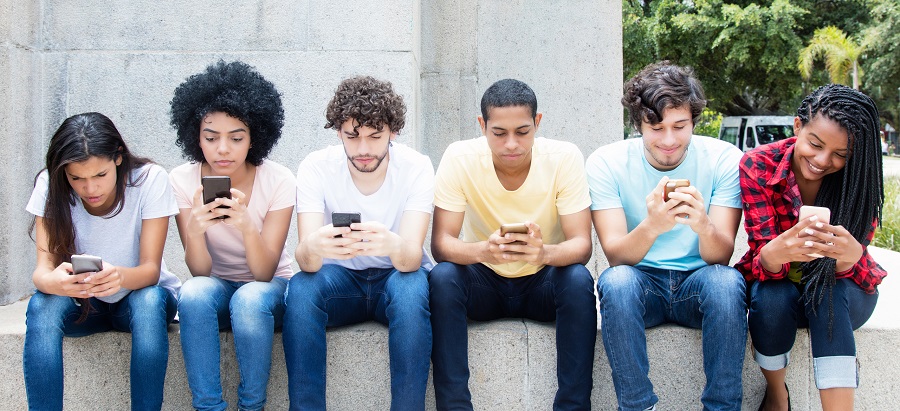The Dual Edges of Social Networks: Navigating the Benefits and Pitfalls

Social networks have become an integral part of our daily lives, shaping the way we communicate, share information, and even perceive the world around us. This article delves into the origins of social networks, their benefits, the impact they have made, their potential downsides, and whether the time spent on them is worth it.
Social Networks: When They Were Created
The genesis of social networks dates back to the late 1990s and early 2000s, with platforms like Six Degrees and Friendster. They were initially created to connect people online, transcending geographical barriers. The idea was to create virtual communities where users could interact, share, and establish new connections.
As technology advanced, so did the platforms, evolving into the sophisticated networks we know today, such as Facebook, Twitter, and Instagram. These platforms were designed not only for personal interaction but also for businesses, media, and entertainment, becoming multifaceted tools for global communication.
The Benefits of Social Networks
Social networks have undeniably transformed the way we connect with others. They enable us to maintain relationships with friends and family worldwide, share life updates, and discover communities with similar interests.
Beyond personal connections, they serve as powerful tools for businesses and creatives, offering a platform to market products, showcase talent, and engage with audiences directly. The rise of influencer culture is a testament to how social media can be leveraged for personal branding and entrepreneurship.
Educationally, social networks have become resources for learning and information sharing. They facilitate the exchange of ideas, provide access to educational content, and support collaborative learning communities.
How They Showed Themselves
Over time, social networks have demonstrated their capacity to influence public opinion, mobilize social movements, and even impact political landscapes. They have become the go-to medium for news, with the power to rapidly disseminate information (and misinformation) worldwide.
The role of social networks in connecting individuals during crises and disasters has been pivotal, offering platforms for coordination, fundraising, and sharing critical updates. They have proved to be double-edged swords, capable of bringing people together while also exposing them to cyberbullying, privacy breaches, and mental health challenges.
The addictive nature of social networks, driven by algorithms designed to keep users engaged, raises concerns about the impact on our attention spans, sleep patterns, and overall well-being. The phenomenon of “doomscrolling” exemplifies the negative spiral of consuming excessive negative news, leading to stress and anxiety.

The Disadvantage for People
The dark side of social networks lies in their potential to foster isolation, despite the promise of connectivity. The curated nature of social media can contribute to feelings of inadequacy, loneliness, and depression, as users compare their lives to the idealized images presented by others.
Data privacy and security are significant concerns, with numerous instances of data breaches and misuse of personal information. The manipulation of these platforms for spreading fake news and propaganda further underscores the need for critical media literacy among users.
Was It Worth the Hype?
While social networks offer numerous benefits, the adverse effects cannot be overlooked. The key lies in mindful usage, setting boundaries to prevent overconsumption, and fostering a healthy digital diet. Engaging with social media responsibly and critically can help mitigate its pitfalls, ensuring that the advantages outweigh the disadvantages.
In conclusion, social networks, with their capacity to connect, educate, and mobilize, hold immense value. However, recognizing and navigating their potential harms is crucial to maximizing their positive impact on our lives.
